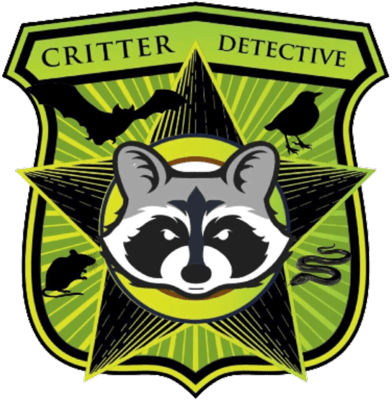In the rolling hills of southern Ohio lies St. Martin, a small community with a population of about 133 residents according to recent estimates. Though modest in size, this settlement carries a sturdy character and has quietly accumulated a number of local stories, businesses, and traditions that make it feel like much more than a dot on a map.
Walking through the narrow roads and modest homes, one senses the rhythm of country life, with morning coffee followed by a stop at a local eatery, afternoons spent outdoors, and evenings given to quietly social gatherings. Though the community lacks large attractions, neighbors often mention a few dependable restaurants in the surrounding area that draw regulars from St. Martin and nearby towns. For instance, Harvester Farm to Table is a restaurant just outside the immediate boundary that has gained a reputation for sourcing produce and meats locally, offering seasonal menus that change with the harvest. It is praised for hearty plates of roast pork, vegetable medleys, and homemade pies.
Beyond the businesses, what to do for recreation isn’t far. The countryside invites walks along quiet backroads, with rock outcroppings, old stone fences, and fields that shift with the seasons. Birdwatchers often spot migrating songbirds, hawks, or owls perched in the hardwoods. Not far beyond is Cowan Lake State Park, a draw for fishing, small boating, and picnics. Many St. Martin area residents frequent its shores on summer weekends. On crisp evenings, some drive out to open vistas where the sky is wide and stars spill overhead. In winter, sledding hills along secondary roads become impromptu play spaces for local families.
Folklore circulates among longtime residents about the place known as “Old Mill Hollow.” According to stories passed down, a small creek in a bend of farmland once powered a mill in pioneer days, and those who walk there sometimes claim they hear a distant grinding sound or see flickers near the water after dusk. Some say that in years when the water runs just right, a faint image of a mill wheel can be glimpsed beneath the surface. Whether such legends reflect memory or imagination, they persist in local storytelling, especially around fire pits on autumn nights.
Each autumn, the wider county hosts a harvest festival in a nearby township, bringing fairs, tractor pulls, craft booths, and live bands. Many from here attend, gathering with neighbors, savoring local produce, homemade jam, kettle corn, and catching up with old friends. Though this settlement doesn’t mount its own major festival, that county event functions as a cultural gathering place for us. In spring, wildflower walks are sometimes informally organized by nature-minded residents, who spend afternoons walking and botanizing together amid meadows and forest edges.
Regarding local customs, folks here tend to greet strangers, wave at passing vehicles, and keep up small garden plots of beans, squash, tomatoes, and herbs. The planting of a “welcome pot” flower near driveways remains common. In winter especially, neighbors check in on one another after snowfall, help with firewood or driveways, and sometimes share stovetop meals. In many homes, you will find preserved goods from past seasons, such as jars of pickles, applesauce, jam, and canned tomatoes, reminders of generations who valued self-reliance in food.
Because the community is small, occasional wildlife intrusions happen more than in denser areas. Raccoons sometimes tip over trash bins, opossums make their way under porches, squirrels find entry points into attics, and bats wander into outbuildings. That leads us to the closing matter: we are a team of wildlife control specialists, and we see firsthand how these encounters can become nuisances or health risks for residents when left unchecked. If you ever notice critters crawling where they shouldn’t, scratching overhead, or leaving droppings, feel free to
contact us, Critter Detective, and let us take care of the problem for you before it worsens.
